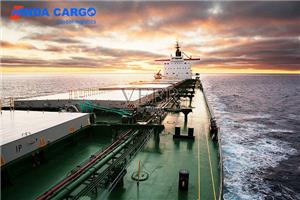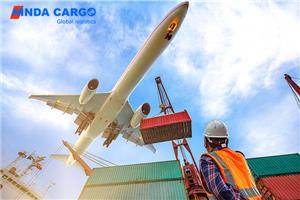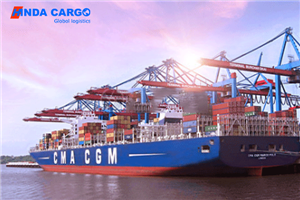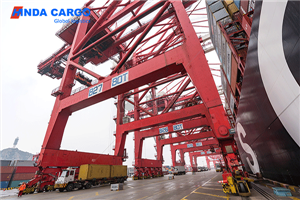What does DAP mean in cargo transportation?
How to choose appropriate trade terms and clarify the respective responsibilities and cost sharing of buyers and sellers during the transportation process is an important prerequisite for ensuring that the goods arrive at the destination smoothly and safely. Among the many international trade terms, DAP (Delivered At Place, i.e. "delivery at destination") is a common trade term favored by enterprises.
So, what does DAP mean? What are its characteristics and precautions in actual operation? This article will analyze this issue in detail.
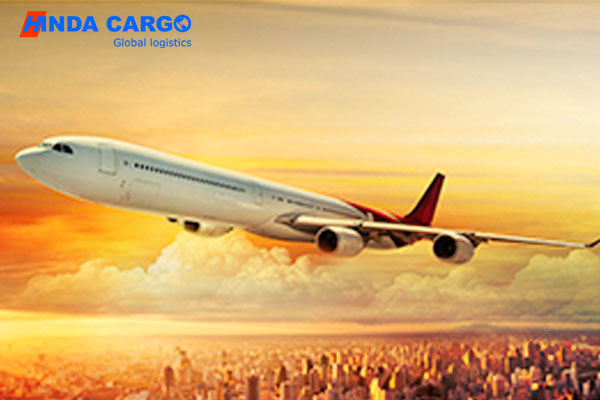
What does DAP mean?
DAP (Delivered At Place) is a trade term in the Incoterms issued by the International Chamber of Commerce (ICC). According to the DAP terms, the seller is responsible for delivering the goods to the destination designated by the buyer and bears all costs and risks before that. Once the goods are delivered at the designated place, the responsibilities and costs are transferred to the buyer.
The main contents of DAP:
● Transportation responsibility: The seller is responsible for arranging the transportation of the goods and ensuring that the goods are delivered safely and on time to the destination designated by the buyer.
● Cost bearing: The seller bears all costs incurred during the transportation process, including transportation fees, insurance premiums, loading and unloading fees, etc. The buyer is responsible for the unloading fees and import duties at the destination.
● Risk transfer: The risk is transferred from the seller to the buyer when the goods arrive at the designated destination and are ready for unloading.
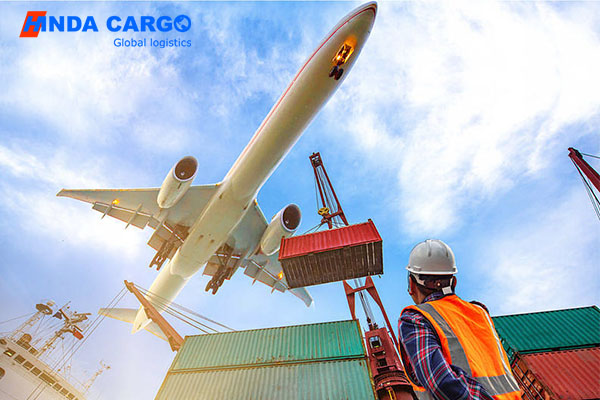
Specific operation process of DAP
In order to better understand how the DAP clause works, we will analyze it in detail with a case of exporting from China to France.
1. Contract signing
A Chinese manufacturer and a French importer reached a deal using DAP terms. The contract clearly stated the specifications, quantity, price and delivery location of the goods (such as a warehouse in Marseille, France).
2. Production and preparation
The Chinese manufacturer produces or purchases the goods according to the contract requirements, and packages and labels them. The manufacturer also needs to prepare the necessary export documents, such as commercial invoices, packing lists and certificates of origin.
3. Transportation arrangements
The Chinese manufacturer is responsible for arranging the transportation of the goods, including sea and land transportation. The manufacturer selects a reliable shipping company to transport the goods from Shanghai Port to Marseille Port, France. After arriving at the port, the goods are transported to the warehouse designated by the buyer by truck.
4. Insurance Purchase
Although the DAP clause does not require the seller to purchase insurance, in order to avoid risks during transportation, Chinese manufacturers usually purchase appropriate transportation insurance for the goods to ensure the safety of the goods during transportation.
5. Delivery and Risk Transfer
When the goods arrive at the warehouse in Marseille, France and are ready to be unloaded, the risk is transferred from the seller to the buyer. The buyer is responsible for arranging the unloading and paying the relevant costs.
6. Customs Clearance and Distribution
The buyer is responsible for the customs clearance procedures of the goods at the destination, including paying import duties and other related fees. After customs clearance is completed, the buyer will deliver the goods from the warehouse to the final destination.
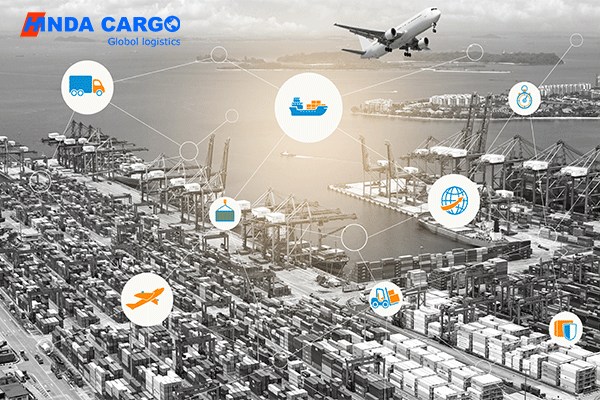
What are the advantages of DAP?
1. Simplify the buyer's process
The DAP clause is very friendly to buyers and simplifies the buyer's operations during transportation. Buyers do not need to deal with complex international transportation arrangements, but only need to receive the goods at the destination and be responsible for customs clearance.
2. Clear division of responsibilities
The DAP clause clarifies the responsibilities and cost responsibilities of both buyers and sellers, making the transaction process clearer and more transparent, and reducing potential disputes and disputes.
3. Controllable risks
Under the DAP clause, the seller is responsible for all risks and costs during transportation and ensures that the goods arrive safely at the destination. The buyer only needs to bear the risks after unloading at the destination, which greatly reduces the buyer's risk burden.

What are the challenges of DAP?
1. Seller's liability pressure
Although the DAP clause simplifies the buyer's operation, it places higher requirements on the seller. The seller needs to have strong logistics management capabilities to ensure that the goods arrive at the destination safely and on time.
2. High transportation costs
Because the seller needs to bear all costs during the entire transportation process, the transportation cost under the DAP clause is high. The seller needs to consider costs and benefits comprehensively to ensure the economic feasibility of the transaction.
3. Customs clearance complexity
Although the customs clearance responsibility lies with the buyer, the seller needs to provide accurate and complete export documents to ensure that the goods pass the customs inspection smoothly. Incomplete or erroneous documents may cause customs clearance delays and affect delivery time.

Application of DAP in different countries
1. China
As one of the world's largest exporters, China's DAP clause is widely used in foreign trade. Chinese export companies usually have rich international logistics experience and can effectively manage transportation and risk control under DAP terms.
2. The United States
As one of the world's major importers, the United States often uses DAP terms in trade with China, Europe and other regions. Through DAP terms, American companies can reduce their reliance on international logistics and focus more on market development and sales.
3. Europe
European countries also frequently use DAP terms in international trade. Through DAP terms, European companies have smoother trade cooperation with Asia, Africa and the Americas, reducing logistics and transportation risks.
Conclusion
As a common term in international trade, DAP provides a clear framework for the allocation of responsibilities and costs for buyers and sellers.
By reasonably selecting and using DAP terms, companies can improve the efficiency and security of international trade and promote the steady development of global business.

